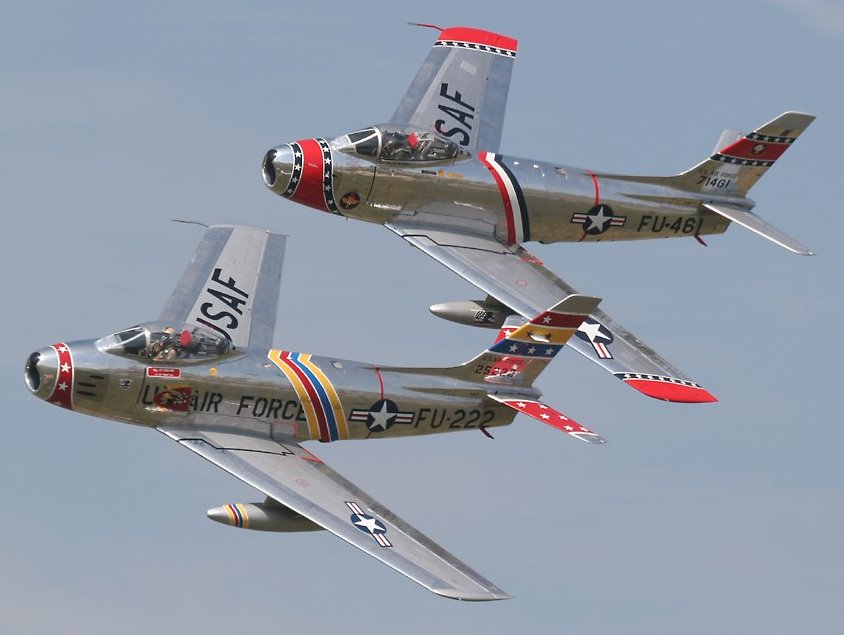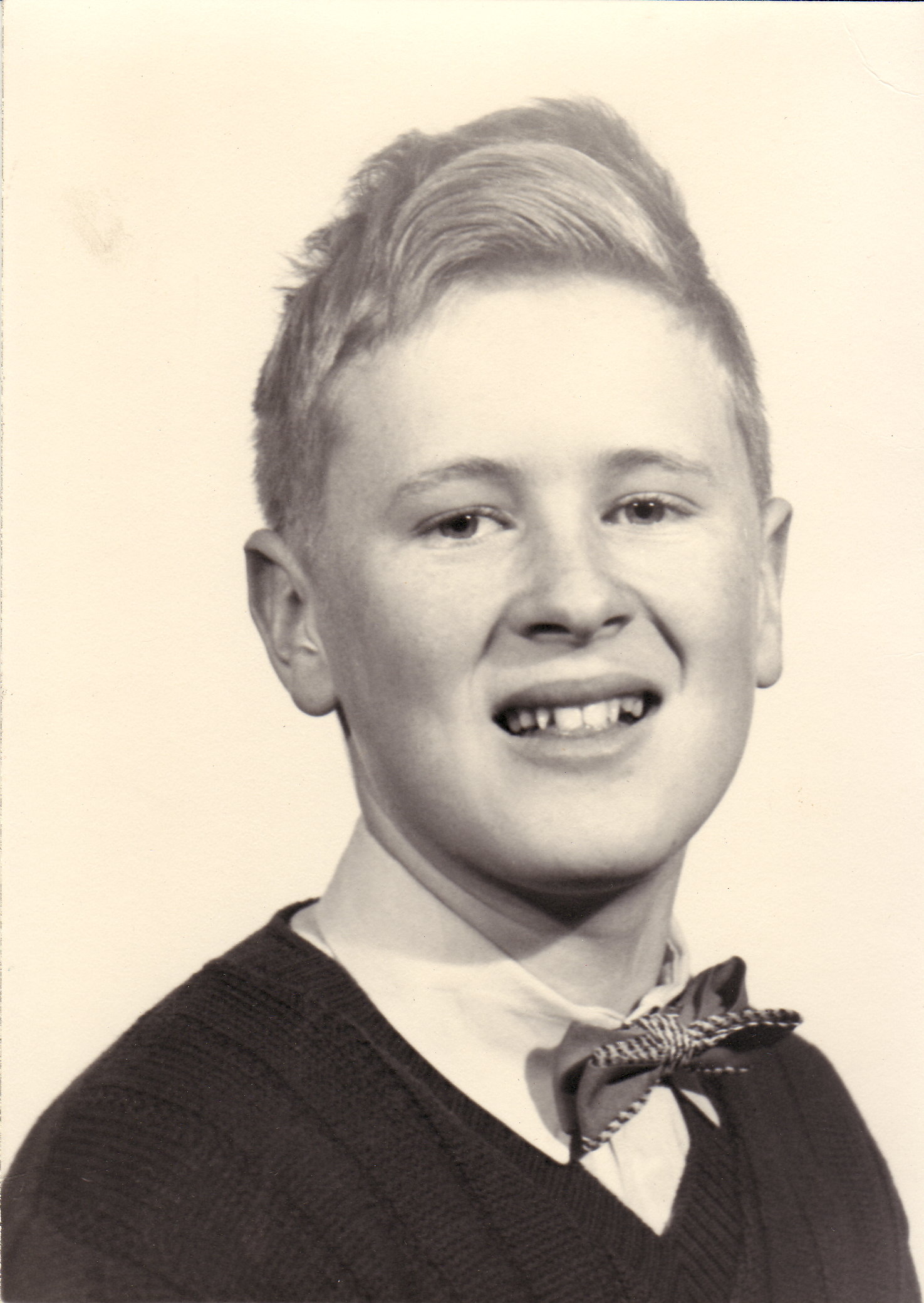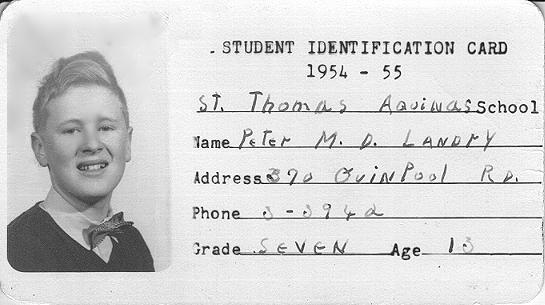Chapter Eight, Cubs, Scouts & Penny Candy: 1950-54
1950
Rationing was still in force in Britain. At New York city, the first charge card, Diners Club, was used. The comic strip Peanuts by Charles M. Schulz was first published in U.S. newspapers. The first pagers were developed. The first TV remote control, Zenith Radio's Lazy Bones, came on the market. The songs of 1950: Rudolph the Red-Nosed Reindeer by Gene Autry, Mona Lisa by Nat King Cole and The Thing by Phil Harris. In the movie theaters there appeared Disney's 12th animated film, Cinderella.
The Korean War
"The division of Korea into North Korea and South Korea stems from the 1945 Allied victory in World War II, ending Japan's 35-year colonial rule of Korea. In a proposal opposed by nearly all Koreans, the United States and the Soviet Union agreed to temporarily occupy the country as a trusteeship with the zone of control demarcated along the 38th parallel." Two separate governments were set up: in the north there was a communist totalitarian regime, to the south, the Americans established an "independent" democratic republic. The difficulties between North Korea and South Korea were an intense reflection of those that unfolded between Russia and the United States in the growing and dangerous "Cold War." The matter in Korea came to a head, when, on June 25th, 1950, North Korean soldiers crossed the 38th parallel and into South Korean territory. Two days later, President Truman, sanctioned by the United Nations, ordered American military forces to aid in the defense of South Korea; but, by then, the North Koreans were about to overrun Seoul.
The allies were determined to retake Seoul. Allied troops commanded by Douglas MacArthur landed on the shores of Inchon, on the western coast of North Korea on September 15th, 1950. The North Koreans were not expecting this attack on its open flank. Upon a successful landing, the Allies took a slow but progressive march towards Seoul which was recaptured within two weeks. The recapture was due principally to the UN offensive having partially severed the North Korean supply lines.
If the United States was to go to the aid of South Korea, even under the flag of the United Nations, then it should be no surprise to learn that China went to the aid of North Korea.
On October 19th, 1950, China sent thousands of soldiers across the Yalu River which is the border between it and her neighbour, North Korea. On January 18th, 1951, both Chinese and North Korean (CNK) forces captured Seoul. The battle then drifted back and forth over the 38th parallel. At times the attacks made by the CNK were with such numbers and with such ferocity that the Allies were losing spirit. Things would go easier if the CNK's supply lines could be disrupted. MacArthur expressed the view that that could be quickly and inexpensively achieved by dropping a couple of atomic bombs, in positions well-placed north and inland of the Allies' position -- just inside China would be good. MacArthur's suggestion stirred a hornet's nest in Washington. There then broke out a rare power struggle between the president and a person sworn to serve him. On April 11th, 1951, President Truman relieved MacArthur of his command.
The battle between the North and the South continued on in spurts and starts around the 38th parallel through to 1953, when, on July 27th, the Korean War ended with the signing of an armistice agreement.
We might conclude this short note on the Korean War by making reference to the Jet fighters of the age. On November 8, 1950, in the Korean conflict, an American F-80, Shooting Star, shot down two MiG-15s near the Yalu River. Though it was the F-80 (it had been around since the end of WWII) that claimed the first jet-to-jet dogfight in history, it was the F-86, Sabre (a pair of them pictured to the right) that was used in numbers by the Americans in the Korean War. From what I can see of it, the Russian MiG-15 bested the F-86. "Early variants of the F-86 could not outturn, but they could outdive the MiG-15, and the MiG-15 was superior to the early F-86 models in ceiling, acceleration, rate of climb, and zoom. With the introduction of the F-86F in 1953, the two aircraft were more closely matched ..." The successes that Americans had in these air-to-air fights were due mainly to the fact that the pilots in the F-86s were experienced WWII pilots. I, as I imagine many a boy, had a fascination with the F-86, Sabre Jet. I built one (a kit) out of balsa and stretched paper.
1951
In March, the comic strip Dennis the Menace, appeared in newspapers across the U.S. for the first time. In the same month, Remington Rand delivered the first UNIVAC I computer to the United States Census Bureau. In October, Winston Churchill was elected Prime Minister of the United Kingdom. That November, direct dial coast-to-coast telephone service began in the United States. That December, the Marshall Plan expired after having distributed more than $13.3 billion worth of foreign aid to rebuild Europe.
In 1951, three memorable movies hit the big screen: Walt Disney's 13th animated film, Alice in Wonderland, MGM's Technicolor musical film, An American in Paris, and The African Queen, starring Humphrey Bogart and Katharine Hepburn. In October, I Love Lucy made its television debut on CBS.
Two of the big songs of 1951 were: The Tennessee Waltz by Patti Page, and How High the Moon by Les Paul and Mary Ford.
In 1951, as a ten year old, I passed from grade 4 at Saint Thomas Aquinas School and into grade 5. Generally, I might say at this point, as a child, I was intensely self-conscious, guilt-laden, curious and na´ve.
1952
On February 6th, King George VI died at age 56. His daughter, Elizabeth, who was then on a visit to Kenya became Queen of the British Commonwealth. Prime Minister Winston Churchill announced to the world that the United Kingdom had an atomic bomb. At the University of Minnesota surgeons performed the first open-heart surgery. Television came to Canada debuting on CBC at Montreal. Kenya (then called British East Africa) was experiencing the Mau Mau uprising. That November, the United States presidential election was carried out: Republican Dwight D. Eisenhower defeated Democrat Adlai Stevenson.
In November of 1952, Agatha Christie's murder-mystery play The Mousetrap opened in London; it's still going. Bulova began developing its Accutron. It was represented to be the first fully electronic watch, and that it would keep time to within 2 seconds a day.
We read from a magazine: "Men and women tend to agree on which sex is best at what, a U. of California survey revealed. Both sexes agreed that women were more faithful, moral, imaginative, poised -- and more inclined to insanity, grudges and bad temper. Both agreed that men were more courageous and intelligent -- but less moral." Well, there you go: that seem to express the prevailing attitude of the day. As for a happy marriage: For wives: "When your husband comes home from work he shouldn't have to help in the kitchen. Pour him a drink and make him relax and read the paper." For husbands: "Tell your wives to shut up now and then."
Nearly 58,000 cases of polio are reported in the U.S.; 3,145 die and 21,269 are left with mild to disabling paralysis. I remember the scare. Polio, it seems, struck when the warmer weather came. Schools closed early and started late. (In 1952 I was still at Saint Thomas Aquinas School and passed into grade 6.) Our family felt lucky, because we did not have to stay in the crowded city; we stayed at "The Shoals" at Hubbards until school reopened in late September. The kids were happy to have their summer vacation extended. I knew of no one that had contracted polio. The "Polio Scare" died down, when, in 1954, the first mass vaccination of children against polio began in Pittsburgh, Pennsylvania.
The noteworthy songs of the year, were: Delicado by Percy Faith, It's in the Book by Johnny Standley, and I Saw Mommy Kissing Santa Claus by Jimmy Boyd.
1953
In 1953, James D. Watson and Francis Crick, both of the University of Cambridge in England, hit upon the spiral staircase, or the double helix structure of the DNA molecule. So, too, in this year, Ian Fleming published his first James Bond novel, Casino Royale in the United Kingdom. In May, Sir Edmund Hillary reached the summit of Mount Everest. In June, the Coronation of Queen Elizabeth took place.
Also in June, in the U.S., Julius and Ethel Rosenberg were strapped into an electric chair at Sing Sing and put to death. They were found by a court to have been spying for the USSR. It was the first execution of civilians for espionage in United States history.
It was in June, too, that the first Chevrolet Corvette was built at Flint, Michigan. That December Hugh Hefner published the first issue of Playboy Magazine; it sold 54,175 copies at 50 cents each and set Hefner up for life.
As a boy, to my great fortune, I suppose, I rarely ever set my eyes on a dead body. In 1953, I did; and maybe it was the first one. Angus L. Macdonald (b.1890) died in 1953. He was laid out in the legislative Chambers. I remember as a young boy being brought along and gazing into Macdonald's open casket. ("... Macdonald's body lay in state for three days in the legislative building as more than 100,000 people filed past to pay their respects.")
My parents, well, my mother, really, started me on collecting postage stamps. I was handed a printed book, into which, on its printed pages, were stuck stamps, mostly Canadian. It was 1953, and, you will recall the year of The Coronation of Queen Elizabeth. I have a vast number of stamps which were cancelled or post marked on that day, June 2nd, 1953. It was at that time that I was presented with a proper album, The New World-Wide Postage Stamp Album. This and other albums I have worked on sporadically through the years.
Two of the noteworthy songs of 1953, were: The Doggie in the Window by Patti Page and St. George and the Dragonet by Stan Freberg.
1954
On January 21st, the first nuclear-powered submarine, the USS Nautilus was launched by the First Lady of the United States, Mamie Eisenhower. RCA brought to the market a color TV with a 12-inch screen; price, $1,000. The first operational subway line in Canada opened in Toronto. Roger Bannister ran the first four-minute mile. Food rationing in Great Britain came to an end after it had been imposed 14 years earlier. The TV dinner was introduced by the Swanson food company. In September, Toronto's Marilyn Bell was the first person to swim across Lake Ontario. Texas Instruments announced that it had developed the first transistor radio. The first Burger King opened in Miami, Florida, on December 4th. And, too, that December of 1954, the world's first kidney transplant was performed.
The radio shows that were popular in these years: Boston Blackie, Fibber McGee and Molly, and The Green Hornet.
It was during these years that most boys, including yours truly, were caught up with a fictional masked Texas Ranger who, with his Indian companion, Tonto, fought the injustices in the American West. The Lone Ranger started out on radio in 1933, but in time graduated to TV which ran through the 1950s. Departing on his white stallion, Silver, the Lone Ranger would shout, "Hi-yo, Silver! Away!" As they galloped off, someone would ask, "Who was that masked man anyway?" Tonto usually referred to the Lone Ranger as "Kemo Sabe", meaning in Indian, we suppose, my "trusted friend." Incidentally, it was in December of 1954 that the first TV broadcast by CBC at Halifax was made.
(The picture to the left was one that was taken by a newspaper photographer. I am in the front on my knees; Ralph Elliot is to my left; Kent Whalen to my right; and behind him, holding the flag staff, Robert Ryan.)
As you now know I attended Saint Thomas Aquinas School from grade three through to grade eight. This school, with help from the parents (not mine) saw to the organization of a troop of cubs and a troop of scouts. I joined, in turn, both the cubs and the scouts. Cubs ranged between the years 7 to 11; Scouts began at age 12. A third division to which the older boys aspired was the Venture Scouts. I enjoyed both being a cub (though I do not have much of a memory of those days as a cub) and being a scout. The real keeners earned so many badges they had to have them sewed on to a bandoleer; and some became an "Eagle Scout." As for me I had badges, but not that many that they could not be sewed onto my sleeves. I do not exactly recollect, but I might have made a "Sixer," or was it a "Seconder."
"In the Scout Association, Sixes are led by a 'Sixer' and have a 'Seconder' as a backup. The Sixer wears two stripes on his/her uniform and the Seconder one stripe. When a Cub Scout is made a Sixer, the Second's badge (with one stripe) should be removed and replaced with the Sixer's badge. The members of a six are distinguished by the colour of the woggle they wear on their Group neckerchief (known elsewhere as a Group scarf).As one got older, there was a tendency to look down on scouts. I left them, I am not sure in what year; but, before long, I was a "Sea Cadet." They were not organized by the school but by the Royal Canadian Navy (Reserve), HMS Scotian. I do not recall that I spent much time as "Sea Scout," though being one for a time served me when I went off to University and applied to a reservist officer's programme called The University Naval Trainees Division (UNTD). We will come to that a couple of chapters ahead.
The three points of the fleur-de-lys, Scout salute, and Scout sign remind the Scout of the three points of the Cub Scout's Promise: 'Duty to God and Queen, Helpfulness to other people, and Obedience to the Cub Scout Law.'"
Meanwhile I was working away at Saint Thomas Aquinas School. In 1954, I passed into grade 7. I might now make mention of Sister Ann Catherine (1908-1995) (a member of the Sisters of Charity). She was the principal of Saint Thomas Aquinas School from 1929 to 1969, a period which included my attendance at the school. Sister Ann Catherine seemed to take a particular interest in me. She use to run a little canteen for a little extra money for the school, and to satisfy the children's requirements during recess. The canteen consisted of a table in the basement. The goods sold was one and two penny candies, such as licorice babies, black balls, spearmint leaves, chocolate moons, and, of course that tasty and individually clear wrapped chocolate cake, Jos. Louis. This was all put away in a large galvanized garbage can used exclusively for the purposes of storage and transportation. Sister Ann Catherine put me in charge. I could leave the class room shortly before the recess bell and make my way to the Principal's office and carry the can to the table in the basement (same level). I would then set up the boxes of the penny candy and sell it piece by piece to my fellows during recess. After recess I would pack up and redeliver the can to the Principal's office and remit the coins collected by putting them on Sister Ann Catherine's desk.
Only with the writing of this, did I carry out a little research on Sister Ann Catherine. To my surprise I found out that she was born at Glace Bay and attended St. Anne's School, and, her father worked for the Dominion Coal Company. My mother was about her age, attended St. Anne's School and whose father also worked for the Dominion Coal Company (on the train operated by it). My mother died before I could ask her the question of whether, or not, she had known Sister Ann Catherine during her girlhood; I think she did; it might have been the reason why Sister Ann Catherine took such an interest in me, though she was a lady who took a considerable interest in all of her students. (As a sidebar, I should mention, when I graduated from Law School in 1974 -- there was the retired Sister Ann Catherine attending the after-graduation ceremonies, who, after all those years, came up to me to congratulate me for the accomplishment.)
The popular songs of 1954: Oh! My Pa-Pa by Eddie Fisher, Sh-Boom by The Crew-Cuts, and Mr. Sandman by The Chordettes.

PInChair.jpg)

BoyScouts.jpg)
